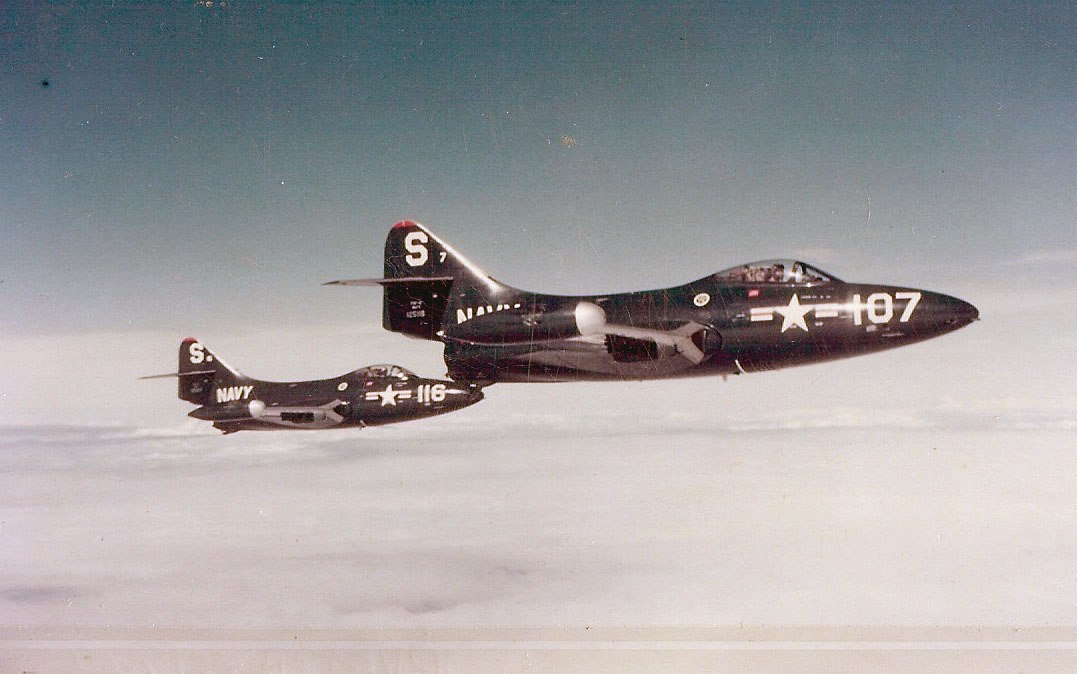November 21 in U.S. military history
1817: The First Seminole War begins when Gen. (and future president) Andrew Jackson leads forces into Spanish-held Florida to reclaim escaped slaves from Seminole tribal areas.
1943: USS Nautilus (SS-168) surfaces and disembarks Capt. James L. Jones and his Marine Amphibious Reconnaissance Company off the beaches of Abemama Atoll in the Gilbert Islands. The raiders board rubber rafts and paddle ashore under cover of darkness, spending the next several days wiping out the defenders and capturing the islands along with fire support from the sub. The Marine Corps’ modern-day Force Reconnaissance companies trace their roots to Jones’ team.
1944: U.S. Army Staff Sgt. John W. Minick’s battalion was halted in its advance by extensive minefields near Hurtgen, Germany, “exposing troops to heavy concentrations of enemy artillery and mortar fire. Further delay in the advance would result in numerous casualties and a movement through the minefield was essential. Voluntarily, S/Sgt. Minick led 4 men through hazardous barbed wire and debris, finally making his way through the minefield for a distance of 300 yards. When an enemy machinegun opened fire, he signaled his men to take covered positions, edged his way alone toward the flank of the weapon and opened fire, killing 2 members of the guncrew and capturing 3 others. Moving forward again, he encountered and engaged single-handedly an entire company killing 20 Germans and capturing 20, and enabling his platoon to capture the remainder of the hostile group. Again moving ahead and spearheading his battalion’s advance, he again encountered machinegun fire. Crawling forward toward the weapon, he reached a point from which he knocked the weapon out of action. Still another minefield had to be crossed. Undeterred, S/Sgt. Minick advanced forward alone through constant enemy fire and while thus moving, detonated a mine and was instantly killed.”
Minick was posthumously awarded the Medal of Honor.
1947: Grumman’s first jet fighter, the F9F Panther makes its first flight. The F9F will serve as the Navy and Marine Corps’ primary jet fighter during the Korean War and will be flown by Hall of Fame baseball player Ted Williams (USMC) and Apollo 11 astronaut Neil Armstrong (USN), who pilots the jet in the background of today’s featured image.
1967: Gen. William Westmoreland, the commander of U.S. Military Assistance Command Vietnam, tells the American press that “I am absolutely certain that whereas in 1965 the enemy was winning, today he is certainly losing.”
1970: Col. Arthur D. “Bull” Simons leads a 56-man rescue operation on the Son Tay POW camp, just 23 miles from Hanoi, North Vietnam. Although the prisoners had been relocated to another camp prior to the operation, the raid – involving over 100 aircraft from multiple services – was a tactical success. Dozens of enemy guards are killed during the brief engagement and the assault would serve in part as a model for the formation of Special Operations Command.
2010: In Afghanistan’s Marjah district, Lance Cpl. William K. Carpenter and a fellow Marine were manning a rooftop security position on the perimeter of Patrol Base Dakota when” the enemy initiated a daylight attack with hand grenades, one of which landed inside their sandbagged position. Without hesitation, and with complete disregard for his own safety, Lance Corporal Carpenter moved toward the grenade in an attempt to shield his fellow Marine from the deadly blast. When the grenade detonated, his body absorbed the brunt of the blast, severely wounding him, but saving the life of his fellow Marine.”
Carpenter survives the deadly grenade blast and is awarded the Medal of Honor.
